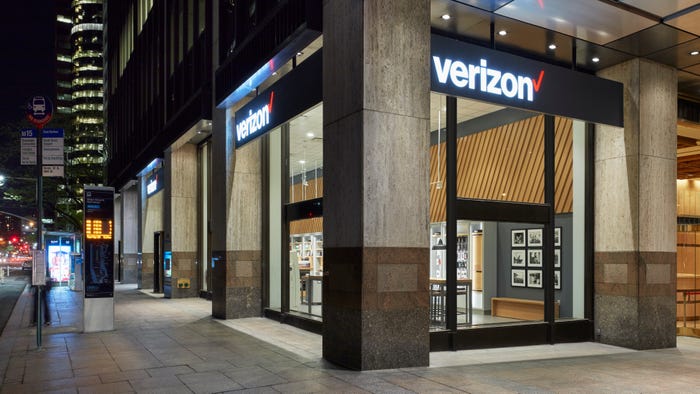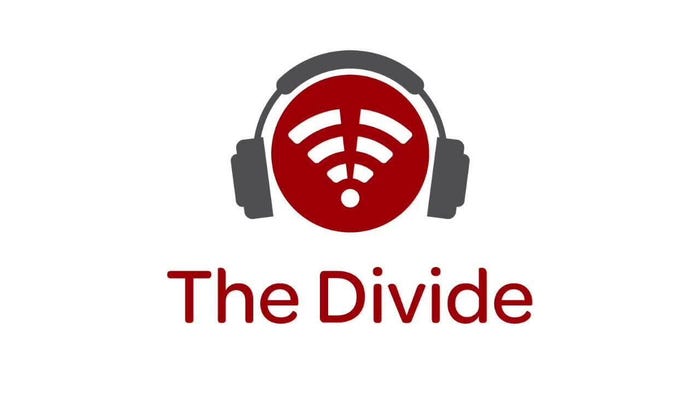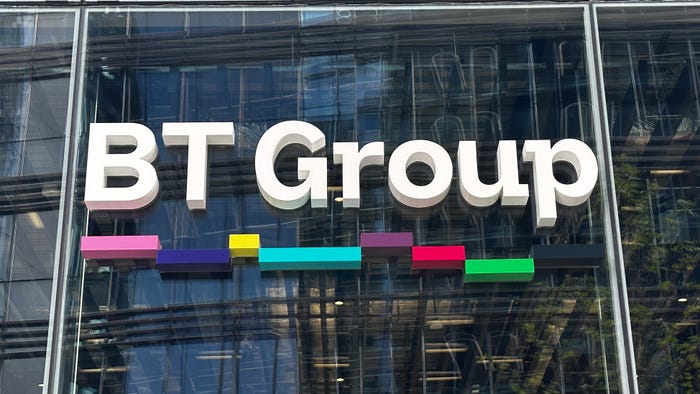thumbnail
Network Technology
DZS hires chief accounting officerDZS hires chief accounting officer
Brian Chesnut, DZS's new chief accounting officer, reports to CFO Misty Kawecki. #pressrelease
Subscribe and receive the latest news from the industry.
Join 62,000+ members. Yes it's completely free.














































